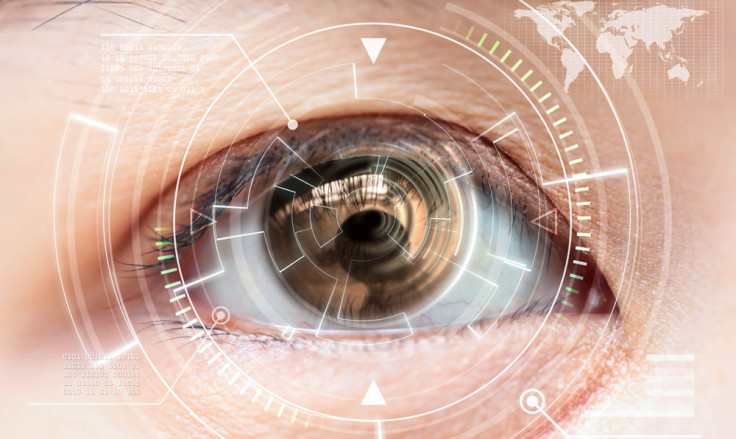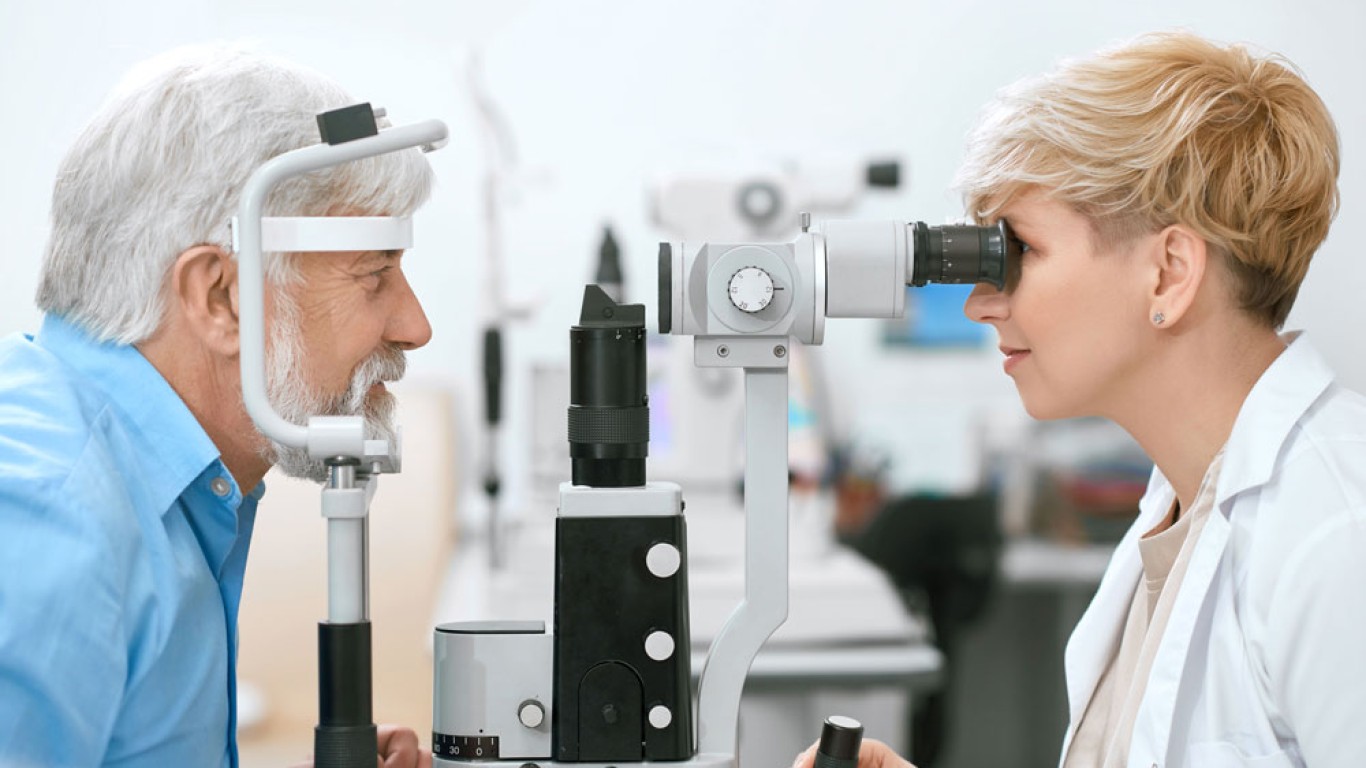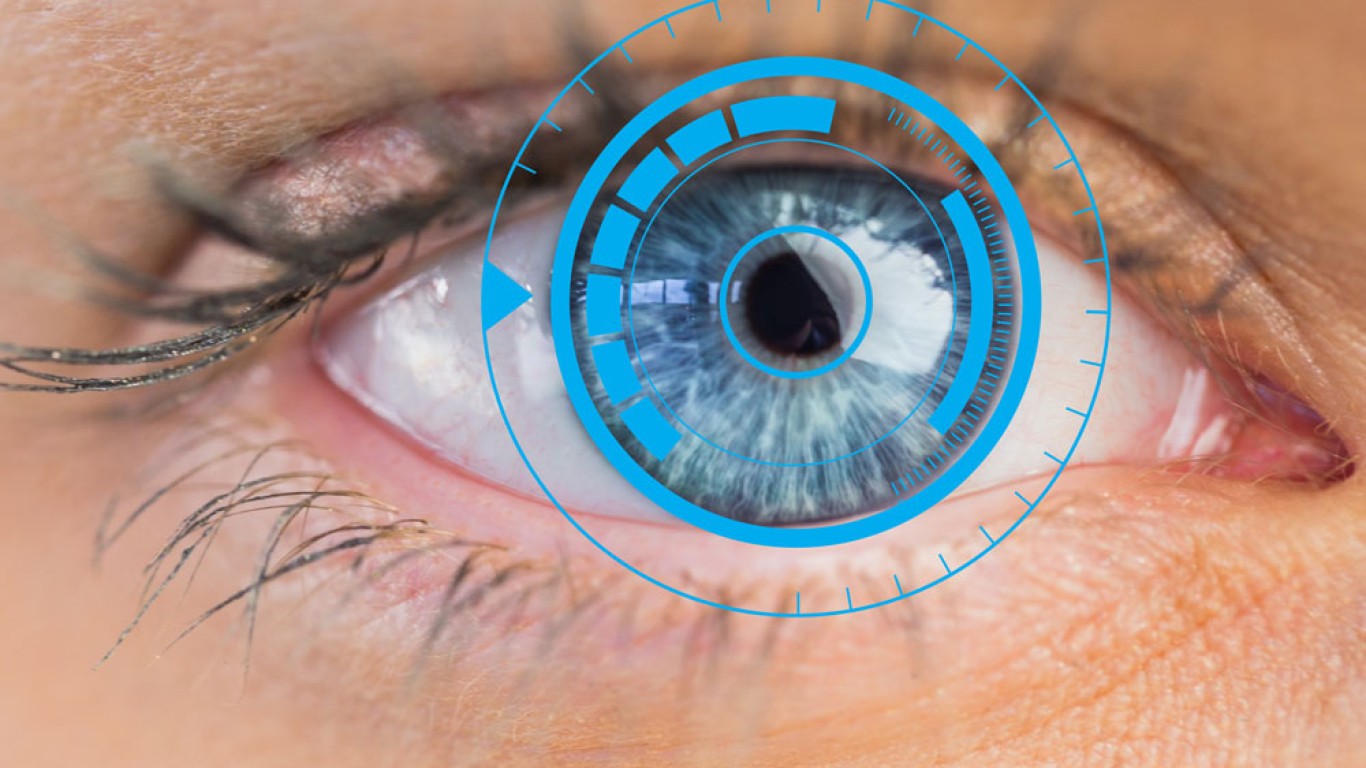Introduction
Uneven vision between the eyes can be frustrating. One eye might see clearly, while the other struggles. This condition, known as anisometropia, is more common than many people think. It can lead to headaches, eyestrain, and difficulty focusing. Fortunately, LASIK offers a potential solution. This advanced laser surgery reshapes the cornea, helping each eye focus properly. But will LASIK help if only one eye needs treatment? Or does it work better when both eyes are corrected together?
In this article, we explore how LASIK addresses vision differences. We explain when it’s suitable, what happens during surgery, and how results vary between patients. If you have uneven vision and want lasting correction, this guide will give you clarity.
Understanding Uneven Vision and LASIK
Uneven vision happens when each eye has a different prescription. One eye may be nearsighted while the other is farsighted. In some cases, one eye may have perfect vision and the other needs glasses. This imbalance can confuse the brain and cause visual discomfort.
LASIK works by reshaping each eye’s cornea to correct its specific refractive error. Because it treats each eye individually, LASIK is ideal for those with uneven vision. It allows for tailored correction, even if only one eye needs surgery.
Is LASIK Suitable If Only One Eye Needs Correction?
Yes, LASIK can be performed on just one eye if needed. This is known as unilateral LASIK. Many patients choose this option if the other eye has perfect or near-perfect vision. It can be especially helpful for people who develop uneven vision.
However, most LASIK procedures are still done on both eyes. This is because small differences in correction can cause imbalance. Correcting both eyes often leads to better visual harmony. Your ophthalmologist will assess both eyes before recommending a plan.
How LASIK Adjusts to Each Eye’s Needs
During a LASIK consultation, each eye is measured with great precision. The surgeon maps the cornea, checking thickness, shape, and any imperfections. Advanced tools determine how light enters the eye and where it bends incorrectly.
Once measurements are complete, the laser reshapes the cornea accordingly. Each eye receives a customised treatment. If one eye has astigmatism and the other is nearsighted, the laser treats each differently. The goal is to make both eyes work together more efficiently.
Benefits of Correcting Both Eyes
Correcting both eyes often gives more balanced and natural results. Patients typically experience improved depth perception and binocular vision. Everyday tasks like driving, reading, and using screens become easier.
Additionally, treating both eyes at the same time offers convenience. There’s only one recovery period and fewer follow-up appointments. It also ensures both eyes heal together, preventing noticeable visual mismatches.

Recovery After LASIK on One or Both Eyes
Recovery time after LASIK is generally short. Most people notice clearer vision within 24-48 hours. If both eyes are treated, they usually heal at the same rate. When only one eye is treated, there might be a temporary imbalance.
During recovery, you may experience dryness, glare, or slight blurriness. These effects typically fade within a week. Using prescribed drops and following aftercare instructions helps ensure proper healing. Most patients return to normal activities within a few days.
When LASIK Might Not Be the Best Choice
Although LASIK helps many people, it’s not right for everyone. Some patients have corneas that are too thin for safe reshaping. Others may have eye diseases or dry eye syndrome that complicate healing.
Additionally, if your vision is still changing rapidly, LASIK might be postponed. Your eye surgeon will perform several tests to check suitability. In some cases, alternatives like PRK or lens implants may be better options.
Can LASIK Provide Equal Vision in Both Eyes?
LASIK aims to reduce or eliminate the need for glasses. It often achieves 20/20 vision or close to it. When both eyes are corrected, the brain can process images more efficiently. This improves clarity and focus.
However, perfect symmetry isn’t always possible. Some people may still need glasses for reading or night driving. Even so, LASIK significantly reduces daily dependence on corrective lenses.
How LASIK Handles Presbyopia and Monovision
Presbyopia is age-related difficulty focusing on close objects. It affects most people over 40. LASIK can treat this by creating “monovision.” In this approach, one eye is adjusted for distance and the other for near tasks.
Monovision isn’t for everyone. Some find it hard to adapt. Your doctor may recommend a contact lens trial to test the effect before LASIK. If it works well, monovision LASIK could offer a glasses-free lifestyle.
Final Thoughts on LASIK and Uneven Vision
If you have different prescriptions in each eye, LASIK can offer significant improvement. Whether you need surgery in one or both eyes, the goal is clear, comfortable vision. With modern technology and expert care, results are often excellent.
However, it’s vital to consult an experienced eye specialist. They can determine the best treatment based on your eye health, prescription, and lifestyle. With the right approach, LASIK can restore balance and visual comfort effectively.
Conclusion
LASIK is a powerful solution for correcting uneven vision in one or both eyes. It provides customised treatment, fast recovery, and long-lasting results. Whether you need correction in one eye or both, LASIK can help you see clearly again.
For more information and to book a consultation visit the ACIBADEM Beauty Center Laser Eye surgery page.
Frequently Asked Questions
Yes. LASIK can target just one eye if the other doesn’t need treatment.
You might experience temporary imbalance. However, most patients adapt quickly within a few days.
Generally, yes. Correcting both eyes can give more balanced, natural results and better depth perception.
Most patients recover within 1–2 days. Full clarity may take a week or slightly longer.
It treats most refractive errors. However, your eye health and corneal thickness must be suitable for surgery.













